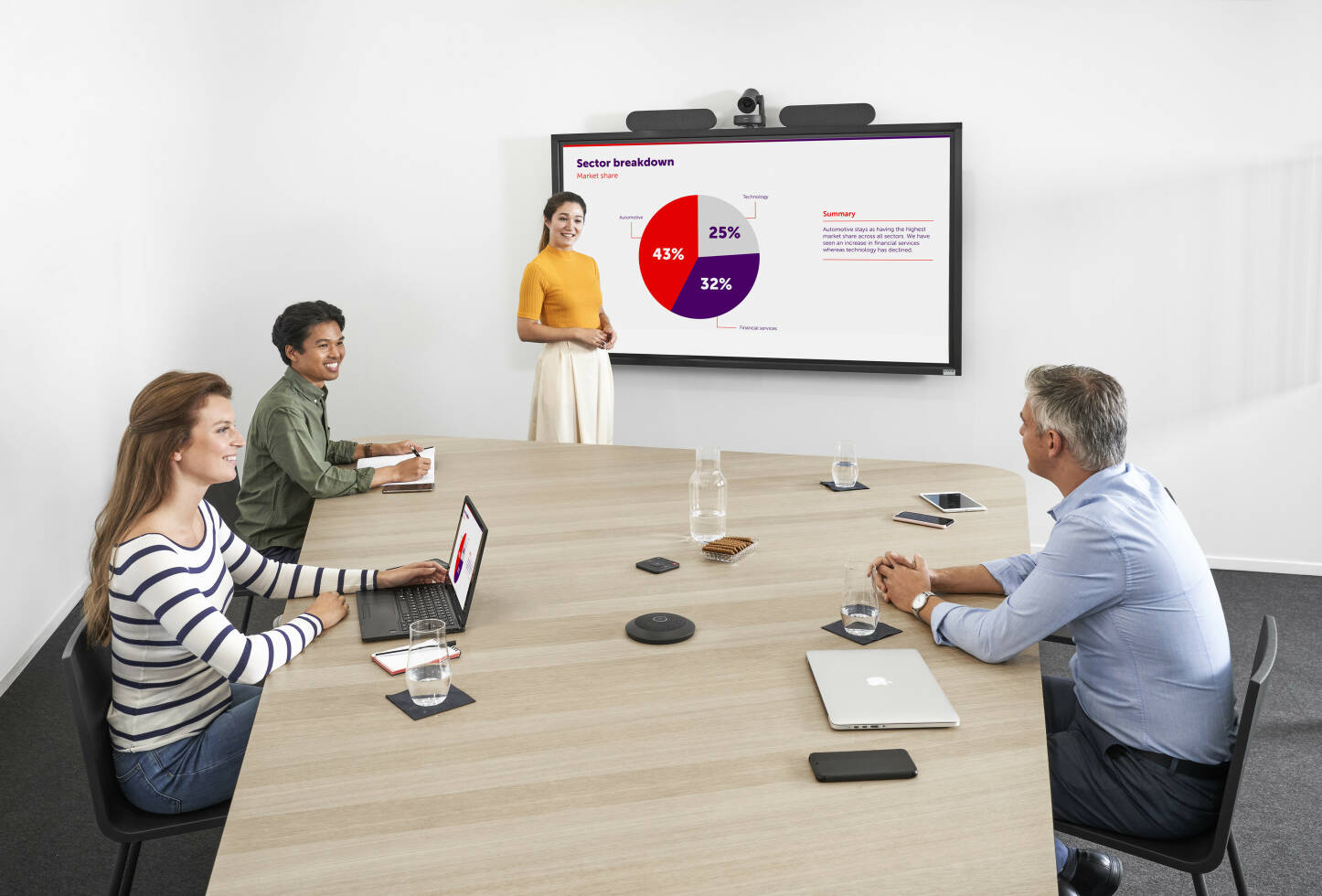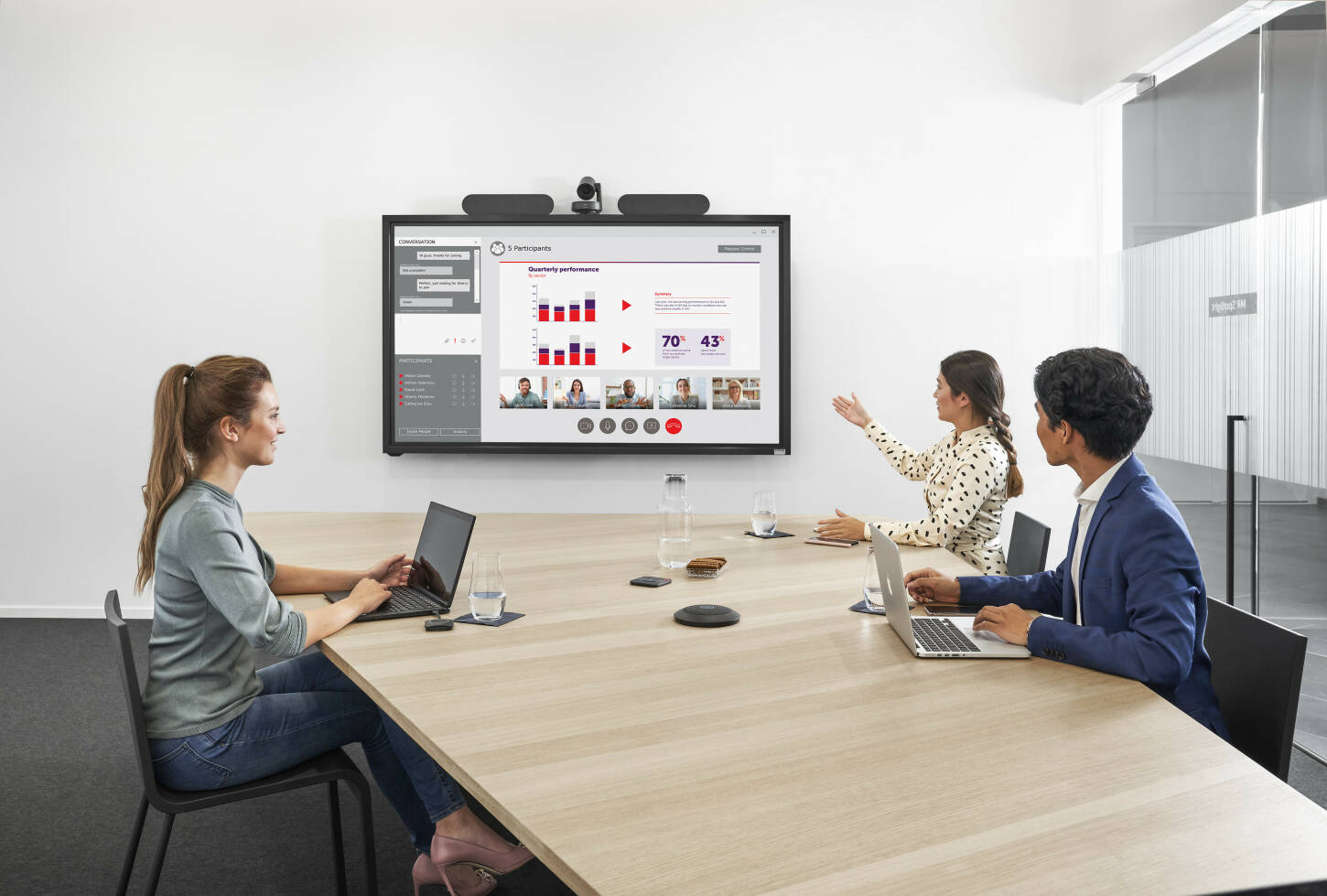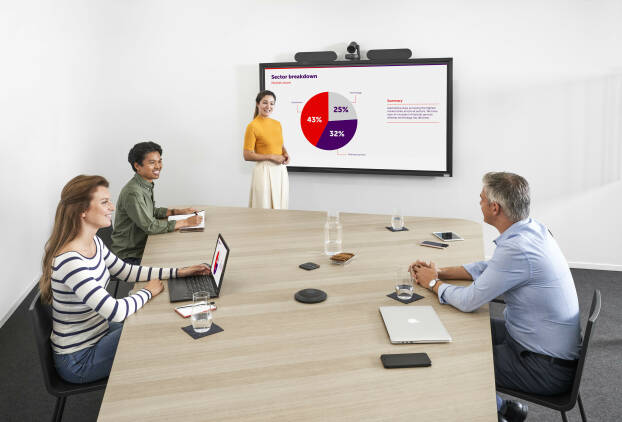Listen to this article


Why choose a hybrid or virtual solution to train workforces?

Overcome the challenges of hybrid meeting equity with some very simple tips:


4 ways virtual training boosts inclusivity and why you should care

Learn all about more equitable meetings in this new podcast series, created in partnership with THE rAVe Agency

Welcoming a hybrid workforce in the office brings new challenges for businesses and one such challenge is ensuring that all employees feel included and have an equal say in the organization, regardless of where they are.
Creating an inclusive workplace will improve employee experience, retention and attract talent to your organization, and overall help your organization thrive.
According to McKinsey (2020), organizations that were ethnically and culturally diverse outperformed those that weren’t by 36% in terms of profitability. In terms of gender parity, the same report found that organizations with over 30% women executives were more likely to outperform organizations with few to no women executives by 48%.
With the right approach, well-thought space design and powerful technology at the heart of any hybrid workplace, organizations can make sure everyone gets a seat at the hybrid table.
1. Put people first in any meeting. There are several meeting hacks to keep everyone involved, no matter where they are.
2. Equip every workspace with high-quality audio & video. Next to the home office basics, every meeting space should be redesigned with a good camera, mics, speakers and a display.
3. Invest in tools that allow for true collaboration. Make sure everyone sees the same content both on-screen and remotely using wireless screen sharing solutions that ensure equal opportunities for all to contribute and make hybrid meetings a seamless, simple experience for all users.
Meeting equity has become more than just a buzzword. Adding remote participants, makes collaboration more complex and less intuitive. Remote meeting participants can have a hard time, as they miss nuances of body language, facial expression and in-room power dynamics.
Training employees in a hybrid or virtual environment removes specific barriers to training and opens the doors to more groups of learners by:
- bringing together more diverse cohorts of learners due to the scaling potential to global capacity. Participants from all organizational headquarters can attend programs that were beyond their reach.
- allowing for more accessible and flexible learning, enabling those who cannot afford to interrupt their career or have other impairments, to continue their studies. Participants join from any space connected to the internet, watch recordings or attend classes in the evening, on the weekend or during their lunch break.
- lowering costs in terms of traveling, accommodation and catering but also rental space, maintenance and paper.
- making all personalities shine. For example, they are excellent methods for more introverted participants who would prefer not to share their thoughts in a face-to-face setting.


1 in 3 workers struggles to feel heard during hybrid meetings, amplifying calls for improved meeting inclusion.

4 ways virtual training boosts inclusivity and why you should care

Learn all about more equitable meetings in this new podcast series, created in partnership with THE rAVe Agency

You need an organization that fosters increased focus. Smaller teams help to increase efficiency and make responsibilities clearer. Working with one large team on a new development, for a long period of time, is proven to be less efficient, because the increased complexity disallows agility. Small teams, working together following the sprint-methodology with a delivery every 2 weeks, are very agile and productive. There is an increased team spirit and feeling of responsibility, which helps to propel the development forward. And this feeling of progress is what motivates people, making them proud of their efforts. I’m a dedicated evangelist of the ‘servant leadership’ principle, in which leaders put the needs of the employees first and help them to perform. This differs from traditional leadership, in which the staff serves the leader. Scrum and Agile management methods are examples of servant leadership.
I feel that at Barco we are taking great steps in the right direction. We have great people, and the introduction of sprint processes in several teams has given very good results. Of course, there is still a road ahead of us … I’m dedicated to helping this company take the next important steps.
Why choose a hybrid or virtual solution to train workforces?

1. Put people first in any meeting. There are several meeting hacks to keep everyone involved, no matter where they are.
2. Equip every workspace with high-quality audio & video. Next to the home office basics, every meeting space should be redesigned with a good camera, mics, speakers and a display.
3. Invest in tools that allow for true collaboration. Make sure everyone sees the same content both on-screen and remotely using wireless screen sharing solutions that ensure equal opportunities for all to contribute and make hybrid meetings a seamless, simple experience for all users.
Overcome the challenges of hybrid meeting equity with some very simple tips:


1 in 3 workers struggles to feel heard during hybrid meetings, amplifying calls for improved meeting inclusion.
Meeting equity has become more than just a buzzword. Adding remote participants, makes collaboration more complex and less intuitive. Remote meeting participants can have a hard time, as they miss nuances of body language, facial expression and in-room power dynamics.

Welcoming a hybrid workforce in the office brings new challenges for businesses and one such challenge is ensuring that all employees feel included and have an equal say in the organization, regardless of where they are.
Creating an inclusive workplace will improve employee experience, retention and attract talent to your organization, and overall help your organization thrive.
According to McKinsey (2020), organizations that were ethnically and culturally diverse outperformed those that weren’t by 36% in terms of profitability. In terms of gender parity, the same report found that organizations with over 30% women executives were more likely to outperform organizations with few to no women executives by 48%.
With the right approach, well-thought space design and powerful technology at the heart of any hybrid workplace, organizations can make sure everyone gets a seat at the hybrid table.


